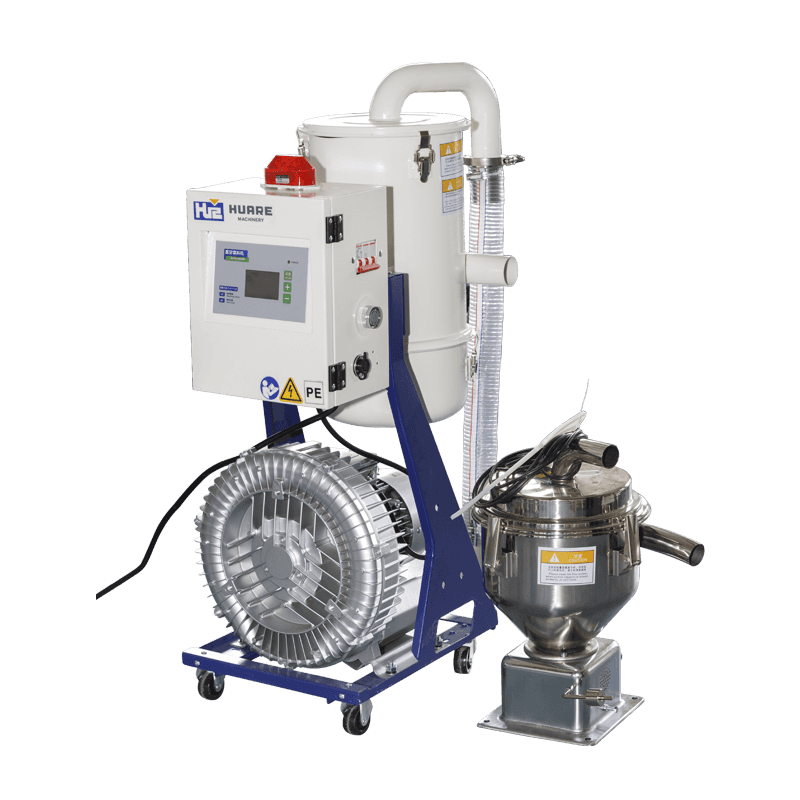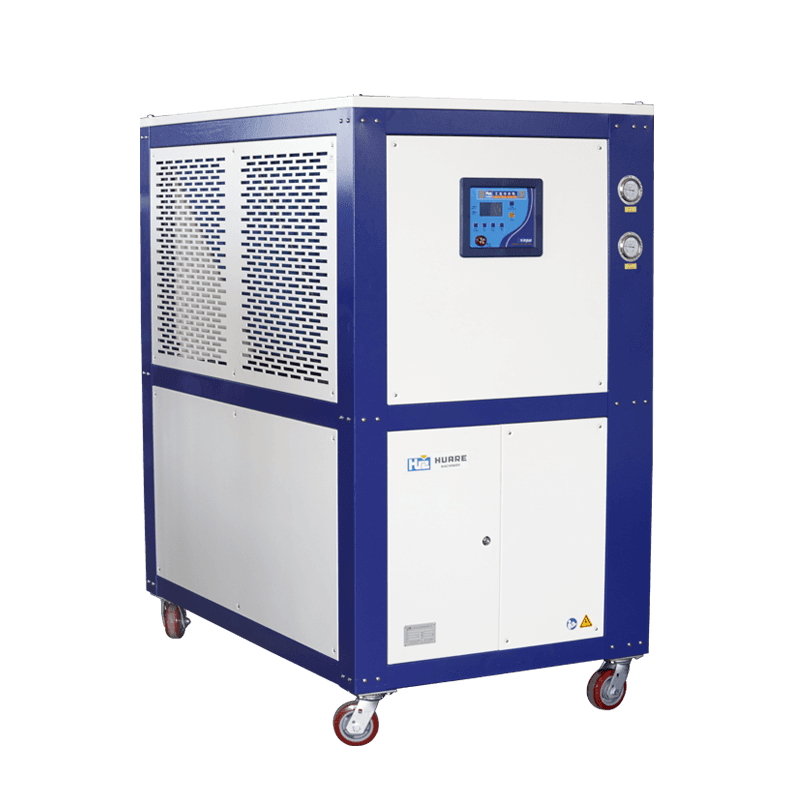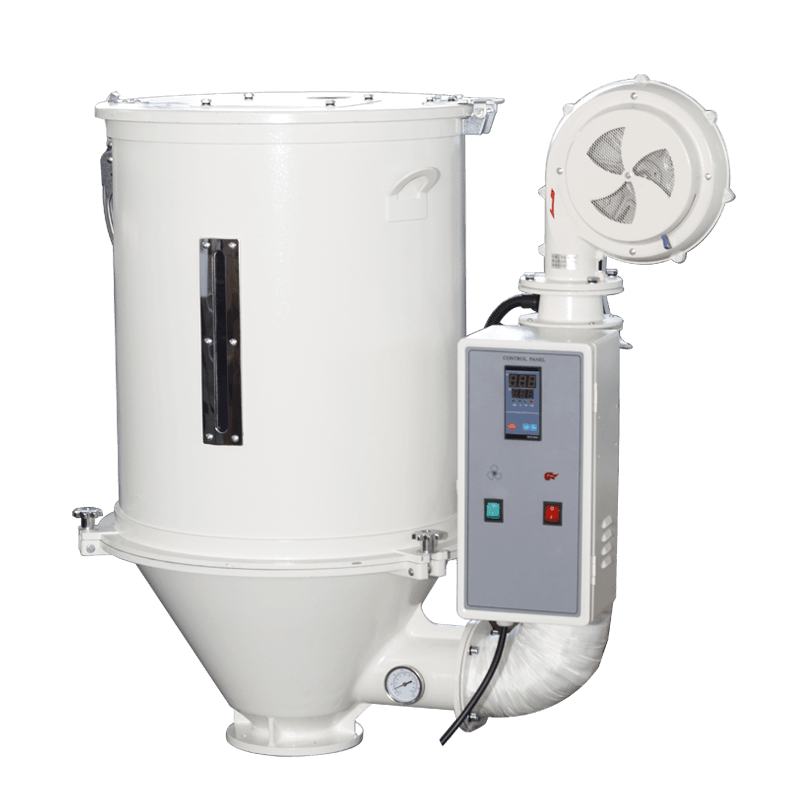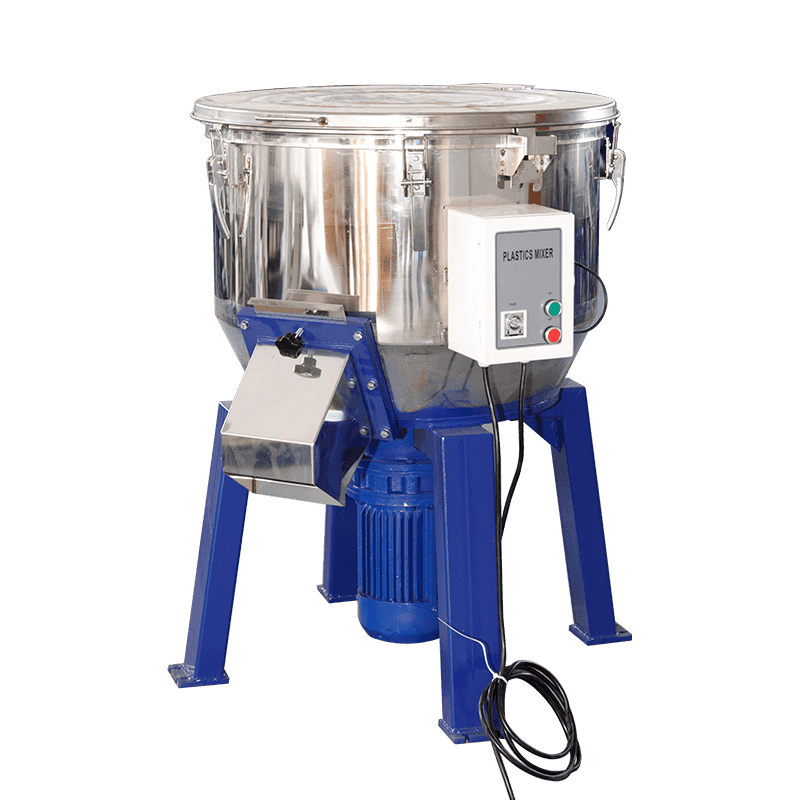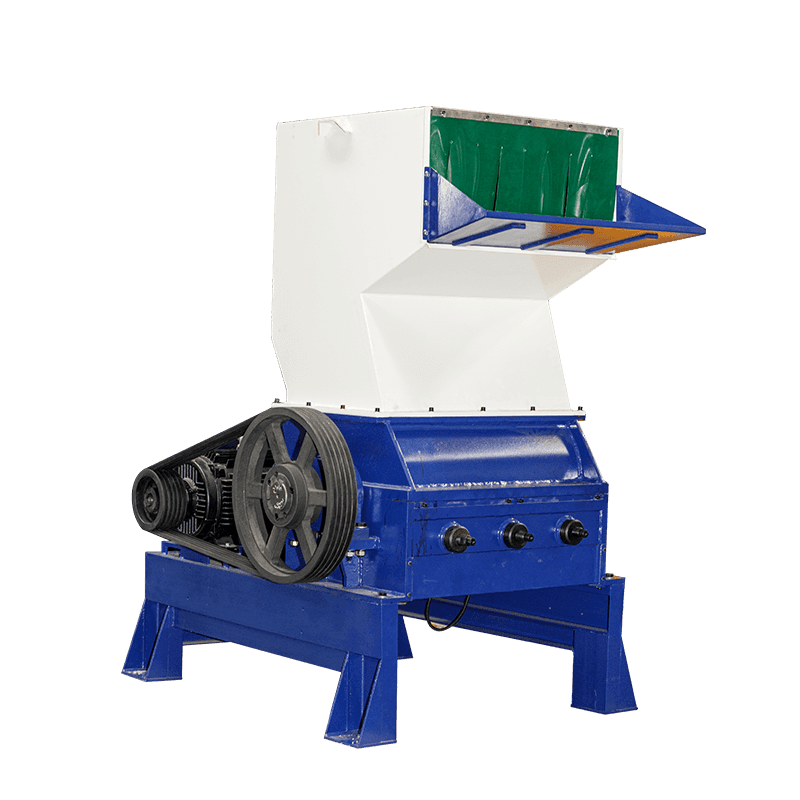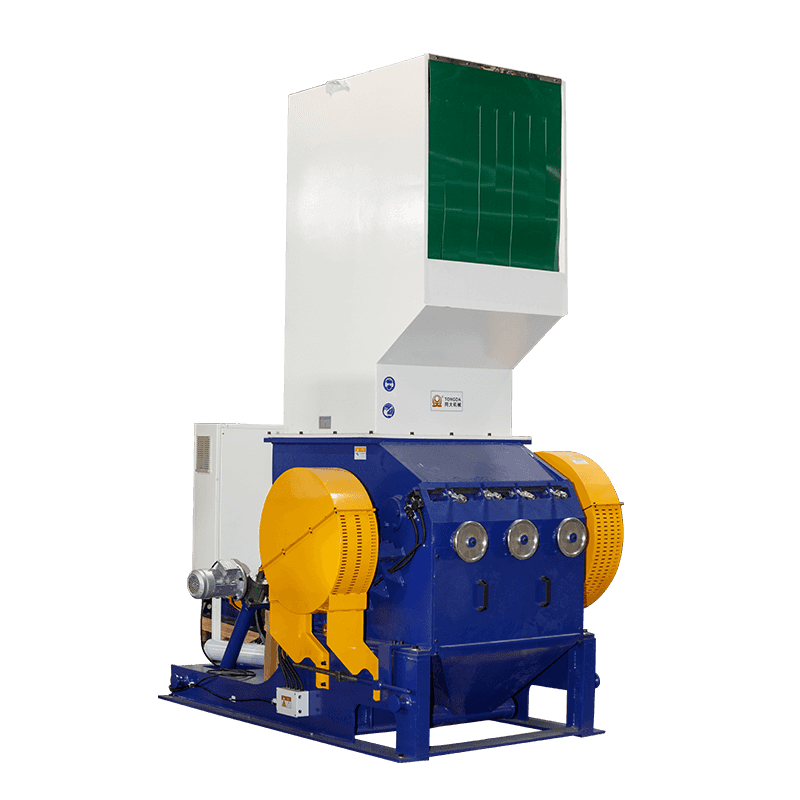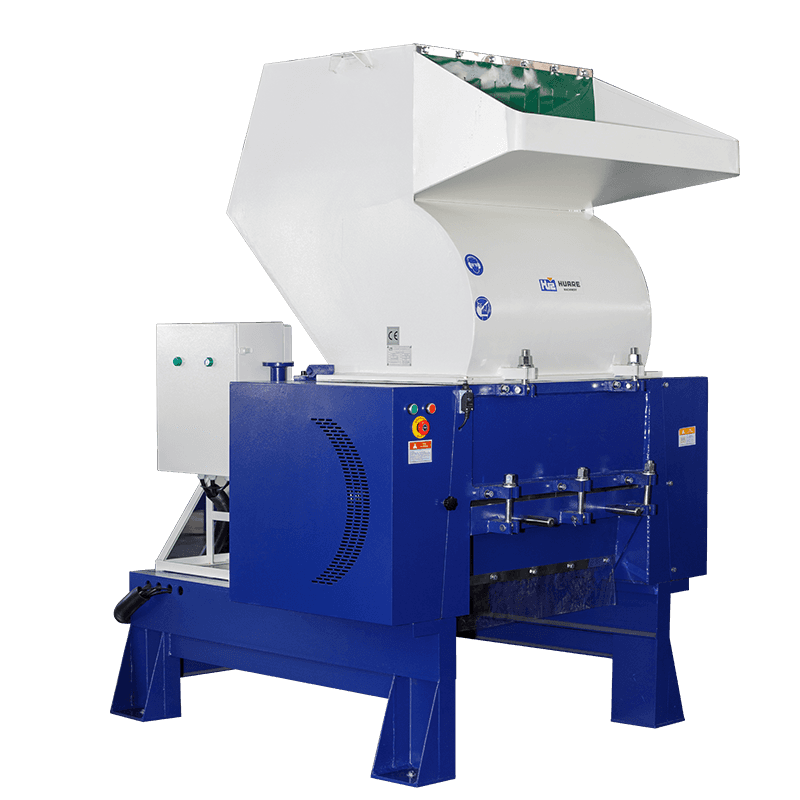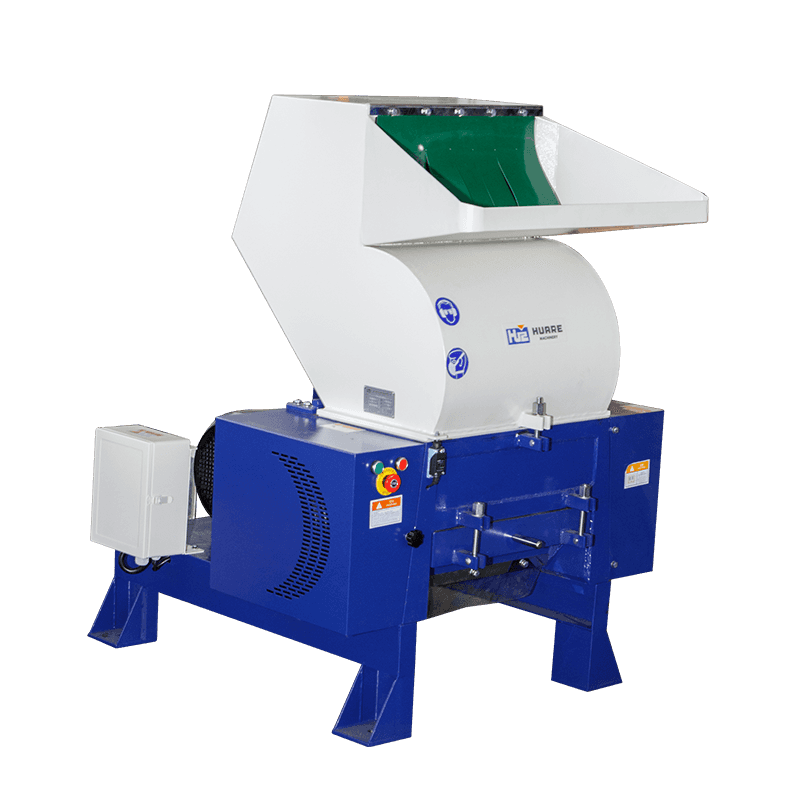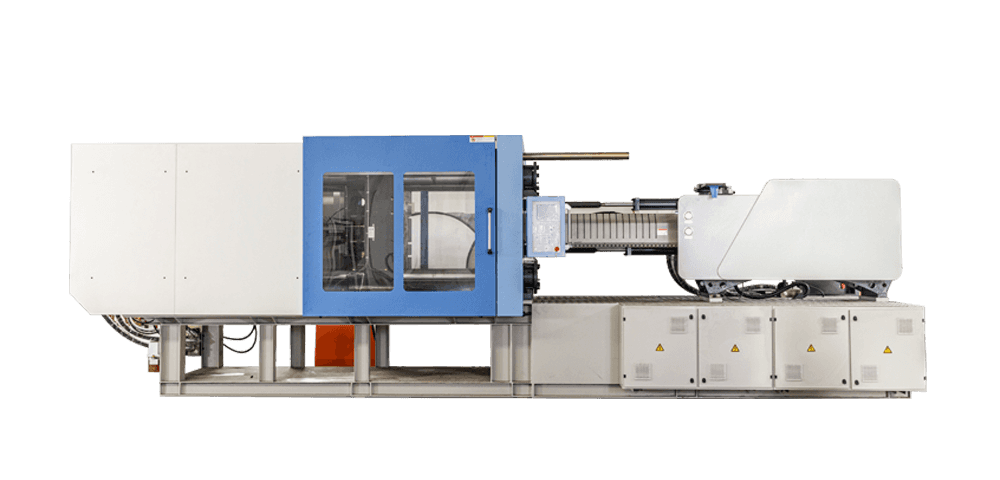Injection pressure is a crucial parameter in the injection molding process, and it has a significant impact on the use of an injection machine and the quality of the molded parts. Here are the key ways in which injection pressure affects the use of an injection machine:
1.Filling the Mold: Injection pressure is the force applied to the molten plastic material to fill the mold cavity. Higher injection pressures can help ensure that the material flows into all areas of the mold, including complex geometries and thin-walled sections. Proper filling is essential to avoid defects like voids, sink marks, and short shots.
2.Material Flow: Injection pressure influences the flow behavior of the molten plastic. Higher pressure helps the material flow more easily and uniformly through the mold, reducing the likelihood of flow-related defects such as flow lines and weld lines.
3.Material Packing: After filling the mold, the injection pressure is maintained to pack the material tightly within the mold cavity. This is important for achieving the desired part density and minimizing shrinkage and warping. Adequate packing pressure is crucial for high-quality, dimensionally accurate parts.
4.Clamping Force: Injection pressure is related to the clamping force of the machine, which holds the mold closed during injection and cooling. The machine must have sufficient clamping force to withstand the injection pressure without the mold opening prematurely.
5.Injection Rate: Injection pressure and injection rate are interrelated. A higher injection pressure often corresponds to a faster injection rate. The machine should have the capability to provide the necessary injection rate for the chosen material and part design.
6.Machine Design: The injection pressure requirement can affect the design and construction of the injection molding machine, particularly the size and strength of the clamping unit and the hydraulic or electric systems. Machines with higher tonnage ratings are needed for higher injection pressures.
7.Material Viscosity: Some materials have higher viscosity and require higher injection pressures to fill the mold effectively. Lowering the injection pressure for such materials could lead to incomplete filling and defects.
8.Energy Consumption: Higher injection pressures typically require more energy to achieve and maintain. This can impact operating costs, so it's important to balance the need for pressure with energy efficiency.
9.Part Warping and Stress: Excessive injection pressure can lead to stress and warping in the molded parts. Balancing the pressure with other process parameters, such as temperature and cooling, is essential to mitigate these issues.
10.Part Quality: Injection pressure affects part quality, including surface finish, mechanical properties, and dimensional accuracy. Properly controlled pressure helps achieve consistent and high-quality parts.
In summary, injection pressure is a critical factor in injection molding, and it must be carefully controlled and optimized to achieve the desired part quality and prevent defects. The appropriate injection pressure depends on factors such as the material being used, part design, and mold complexity. It's important to work within the recommended pressure ranges provided by material suppliers and to monitor and adjust the pressure as needed during the molding process to ensure successful production.




 English
English عربى
عربى Español
Español